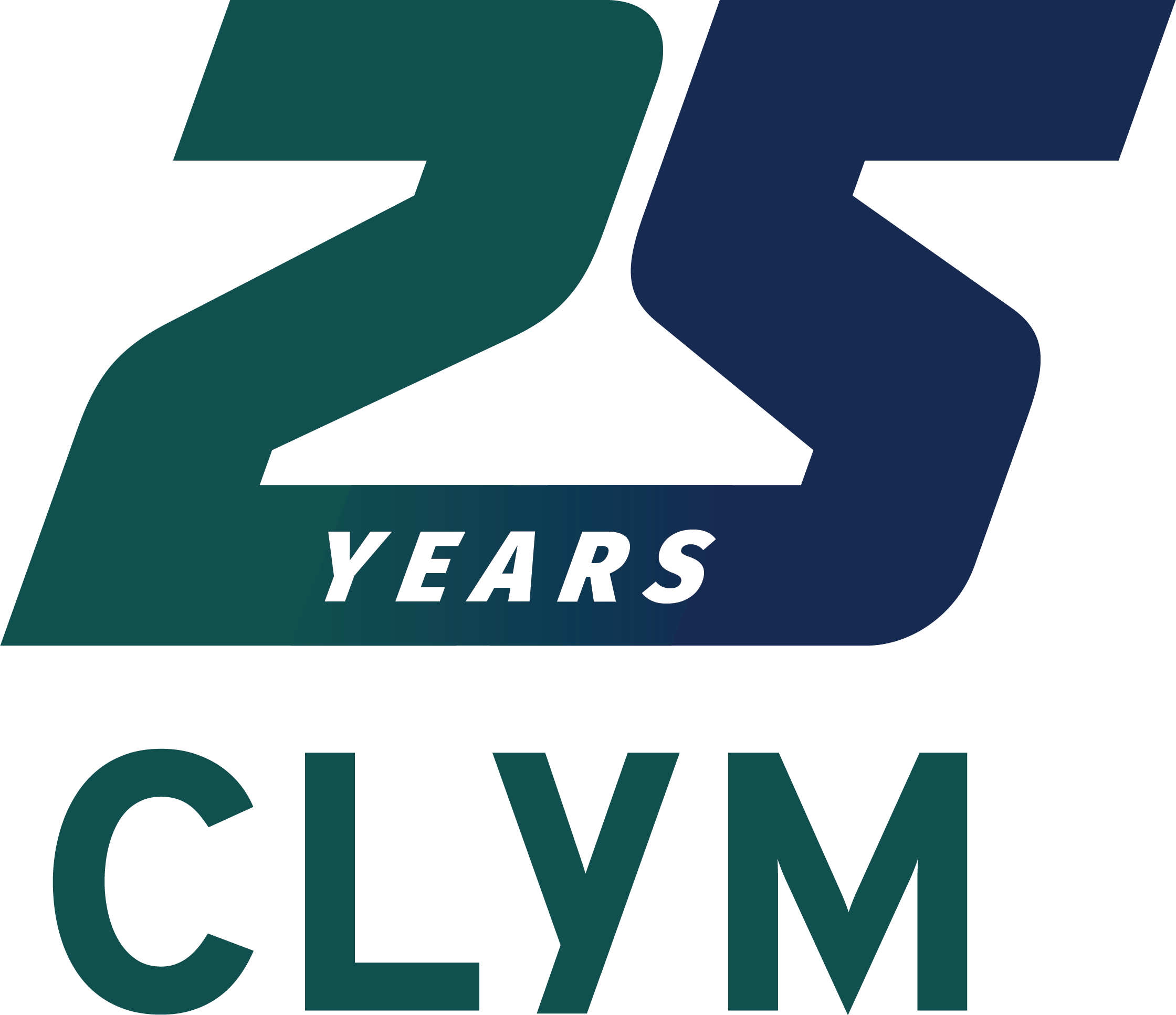
An Environmental Health and Safety (EHS) Audit is an in depth look at your workplace’s compliance with industry regulations relevant to worker protection and waste management. These assessments are performed by an independent third party, although there are guidelines put in place by the Environmental Protection Agency (EPA).
EHS audits consider:
- How well employees are following workplace and environmental safety regulations, policies and procedures
- Areas of potential risk and loss
- The effectiveness of facility EHS management systems
- Industry-specific regulations as they apply to your facility
- Compliance with regulations and standards
- Opportunities for continuous improvement
At the end of the EHS audit, your facility receives an audit score. This score lets your company know its general level of compliance and the better the score, the more likely your company could potentially lower insurance rates. The audit findings will also help in setting goals to improve your compliance. You may find a high audit score improves your standing in your community as well.
The Benefits Of An EHS Audit
A properly performed EHS audit can be beneficial to your business, from gauging your employees’ competencies to demonstrating an ongoing commitment to regulatory compliance.
Some other benefits can include:
- Uncovering and correcting compliance issues
- Educational opportunities for your organization and an increase in awareness of regulations
- Identifying ways in which you can increase efficiency and save money
- Having proof that your facility meets industry-specific requirements and standards
- Improving your facility’s image to the public
Preparing For An Environmental Health and Safety Audit
The first step in preparing for your EHS audit is to understand exactly what regulations apply to your facility. It’s important to note that regulatory requirements change frequently, so make sure you find the most recent information.
Once you understand what regulations apply to your facility, it’s time to prepare for the audit.
1. Gather All Documentation
Documentation is a crucial component for the audit process. Not only is it a way to track your own risks and deficiencies, it’s also a way to show auditors that you are actively acknowledging and addressing the issues. Documentation allows auditors to see that you are trying to be compliant and gives them a way of measuring the effectiveness of your actions. Be prepared to produce:
- Hazardous waste tracking information
- Environmental permits and expiration dates
- Employee training records and certifications
- Product safety data sheets (SDS)
- OSHA records and incidents
This is also the time to make sure you have your product safety data sheets throughout the facility, and that updated OSHA postings are properly placed.
2. Provide The Auditors With Safety Equipment And Pre-Audit Training
You don’t want to take the Environmental Health and Safety auditor through your facility…without health and safety equipment. Make sure you provide them with any PPE they will need, including face shields, hard hats, and respirators if necessary.
Assign someone to escort the EHS auditor around your facility and take a few minutes to go over some form of safety orientation including emergency procedures before diving into the audit.
The auditor will most likely have tools and equipment, such as test kits, as well. What they bring with them will depend on your industry and how in-depth the audit inspections will be.
3. Be Prepared To Discuss Pollutants, Past Incidents, and Controls
At some point, the auditor is going to need some answers about your facility. Some of the things they will ask may involve:
- Pollution sources and control devices
- Past incidents, accidents, or spills
- Ongoing employee training(s)
- Biological materials and chemicals within the facility
- Disposal methods of chemicals or biologicals (such as regulated medical waste)
4. Notify Any Supervisors Who Will Be Affected By The Audit Process
Everyone loves a surprise…unless you are a manager or supervisor who has an Environmental Health and Safety Audit sprung on them at the last minute.
Give your supervisors the chance to prepare at least a week in advance. This gives them the chance to ensure all paperwork is complete and updated, and gives them an opportunity to pull all documents, policies and procedures requested by the auditor.
5. Prepare By Conducting Routine Internal Environmental Health and Safety Audits
Preparation is the key to a smooth auditing process, and there’s no better way to prepare than by running some of your own EHS audits. You don’t necessarily need to take it to the extreme; start small and move from procedure to procedure.
Clym’s Experts Will Help You Prepare For Your EHS Audit
From required EHS training programs to our extensive on-site safety services, nobody knows Environmental Health and Safety audits for life sciences and the healthcare industries like Clym.
We are your partner in compliance documentation, waste disposal, hazardous materials management, and much more. Contact us today and see how good outsourcing your worries can feel.
